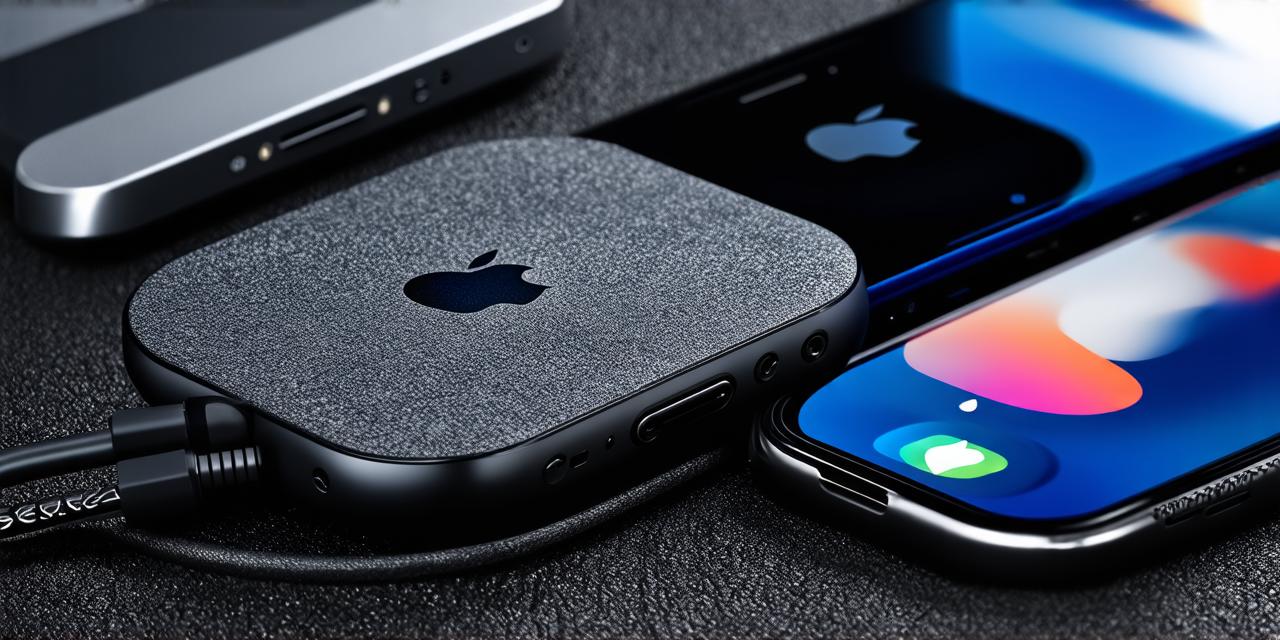Introduction:
In today’s digital age, collecting user data is an essential part of running any app or software company. By understanding their users’ behavior and preferences, developers can create more personalized experiences, improve functionality, and increase engagement. However, this process must be done carefully, with the utmost respect for users’ privacy rights.
Understanding User Data Collection:
User data collection refers to the process of gathering information about users through various means such as surveys, in-app analytics, and social media platforms. This data can include personal information such as name, email address, location, and browsing history, as well as behavioral data such as click-through rates, time spent on different pages, and purchase histories.
Best Practices for User Data Collection:
Now that we understand the different types of user data available, let’s explore some best practices for collecting it effectively.
1. Be Transparent:
One of the most important things to remember when collecting user data is to be transparent with users about what data you are collecting and how it will be used. This includes providing clear and concise privacy policies that explain exactly what data you collect, why you collect it, and how it will be used. You should also obtain explicit consent from users before collecting any sensitive information.
2. Limit Data Collection:
It’s important to only collect the data that is necessary for your app or software product to function effectively. Collecting excess data can lead to privacy concerns and may even be illegal in some cases. For example, if you don’t need access to users’ location data, you shouldn’t ask for it.
3. Use Secure Data Collection Methods:
When collecting user data, it’s important to use secure methods to protect against data breaches and other security threats. This includes using encryption to protect sensitive data, regularly auditing your data collection processes, and implementing strong password policies.
4. Provide Value:
Users are more likely to share their personal information if they feel that you are providing them with value in return. This could include offering personalized recommendations based on their behavior or providing exclusive content or discounts for users who share their information.
Case Studies:
Now that we’ve covered some best practices let’s look at some real-life examples of companies that have successfully collected user data.
1. Starbucks:
Starbucks is well-known for its personalized experiences, which are made possible by collecting user data through its mobile app. The app collects information about users’ behavior, preferences, and location to provide them with personalized recommendations and offers. This has led to increased engagement and loyalty among Starbucks customers.

2. Amazon:
Amazon is another company that is highly successful at collecting user data. The company uses a range of data collection methods, including in-app analytics, customer surveys, and purchase histories, to understand its users’ behavior and preferences. This information is used to provide personalized recommendations and improve the overall shopping experience.
Expert Opinions:
To further illustrate best practices for collecting user data, let’s hear from some industry experts.
1. Sarah Guido, Privacy Policy Manager at Dropbox:
“When collecting user data, it’s important to be transparent and provide users with control over their information. This includes giving users the ability to delete their data and providing clear and concise privacy policies that explain how their data will be used.”
2. Tim Cook, CEO of Apple:
“At Apple, we believe that privacy is a fundamental human right.



